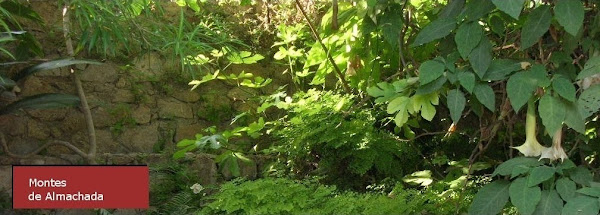
At first I thought there was a cat in the tree behind our house. I rushed up looking for the poor cat. Silence... and no cat. I spent a whole afternoon sitting by different trees trying to see where the strange sound came from. At last... a Golden Oriole , buttercup-yellow, black wings and blood red beak, the male, and the female, who was making the cat-like squalling, greener and streaked below (similar colours to a Green Woodpecker in flight). Their call is a screech like a jay, but the song is a beautiful fluting weela-we-ooo or -iii-ole, unmistakable once heard.
Since then I avait impatiently every year to hear the song of the Golden Oriole and for me the spring has arrived.
The Golden Oriole is very secretive and difficult to see. They are about 24cm (9.5"),weight 68-75g. Breed in tall deciduos trees in woodland, orchards or parks and spend much of their time in tree canopies. They feed on insects and fruit, are specially fond of figs and will come out from hiding to fetch the fruit. The Golden Oriole migrates to sub-Saharan Africa in mid August, as far south as Nambia and South Africa. Male Golden Oriole returns April-May, often arriving a week or more before the female. The courtship is spectacular. The male persues the female at high speeds through and above the trees, following so closely that he almost touches her tail. Their remarkable nest is a deep closely-woven cup, slung like a hammock from the branches of a horizontal fork near the end of a bough and well withstand storms. They lay 3-6 eggs, which are white-pink with brown/black spots. At nesting time the parents will protect their nest against for example crows, magpies, cuckoos and kestrels that are crossing their territory.
The Golden Oriole is very secretive and difficult to see. They are about 24cm (9.5"),weight 68-75g. Breed in tall deciduos trees in woodland, orchards or parks and spend much of their time in tree canopies. They feed on insects and fruit, are specially fond of figs and will come out from hiding to fetch the fruit. The Golden Oriole migrates to sub-Saharan Africa in mid August, as far south as Nambia and South Africa. Male Golden Oriole returns April-May, often arriving a week or more before the female. The courtship is spectacular. The male persues the female at high speeds through and above the trees, following so closely that he almost touches her tail. Their remarkable nest is a deep closely-woven cup, slung like a hammock from the branches of a horizontal fork near the end of a bough and well withstand storms. They lay 3-6 eggs, which are white-pink with brown/black spots. At nesting time the parents will protect their nest against for example crows, magpies, cuckoos and kestrels that are crossing their territory.

No comments:
Post a Comment